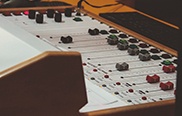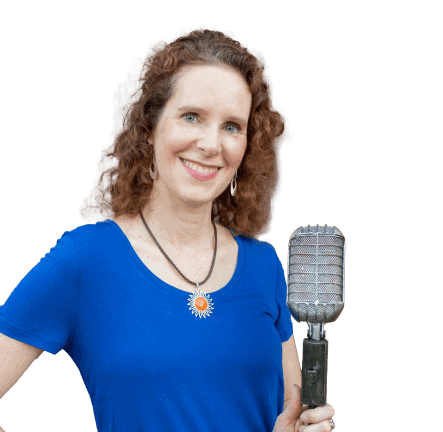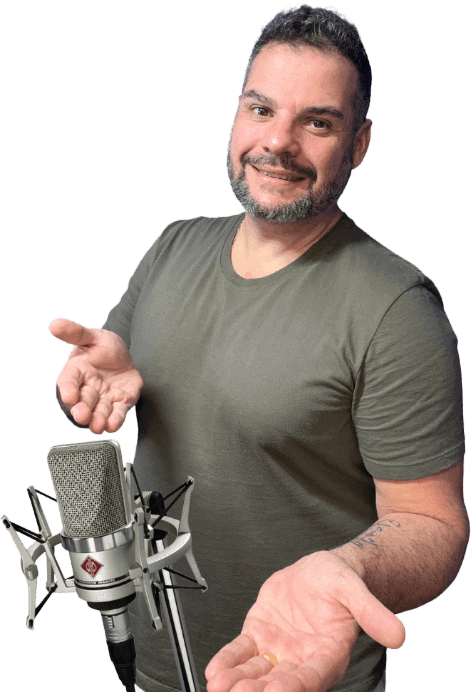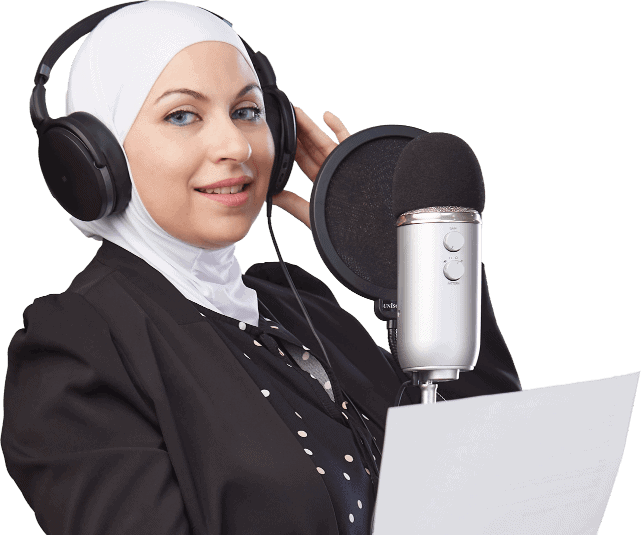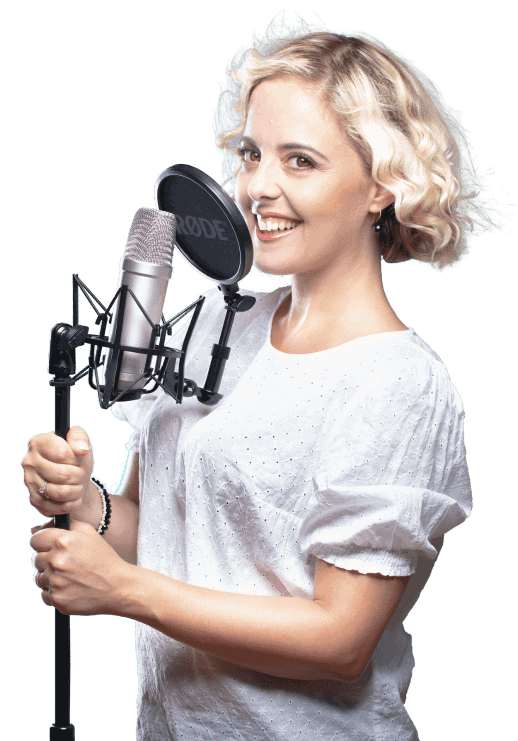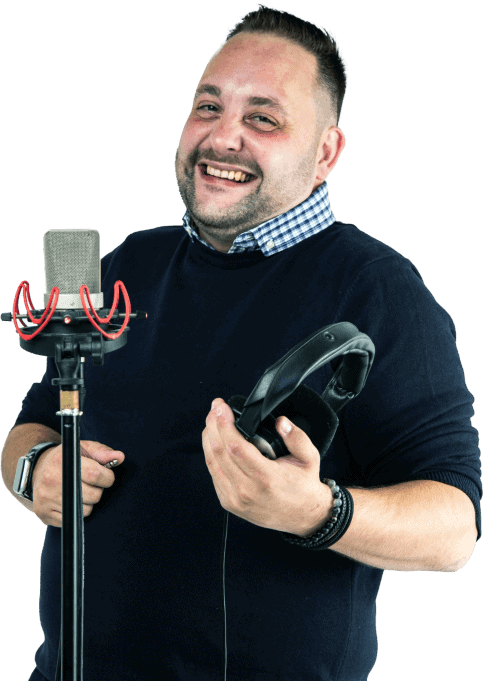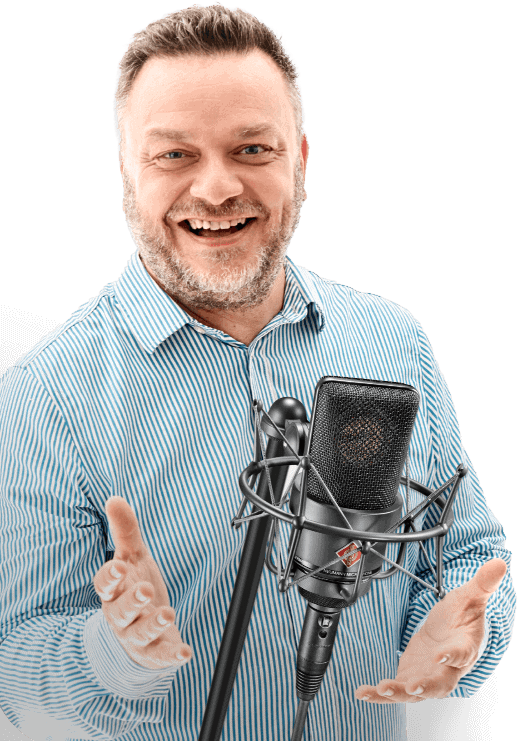Featured Article
Equalization is a process where the sound engineer increases (gains up) or decreases (gains down) signal levels of specific audio frequencies. Most of the sounds we hear are complex, meaning they contain audio signals at many different frequencies. Since adjusting frequency levels requires a specialized tool, the EQ (short for Equalization) was created.
The human ear can generally hear sounds ranging from 20 Hz. to 20 kHz. Of course, as we grow older, our hearing ability diminishes, and this audio frequency range shrinks as well.
